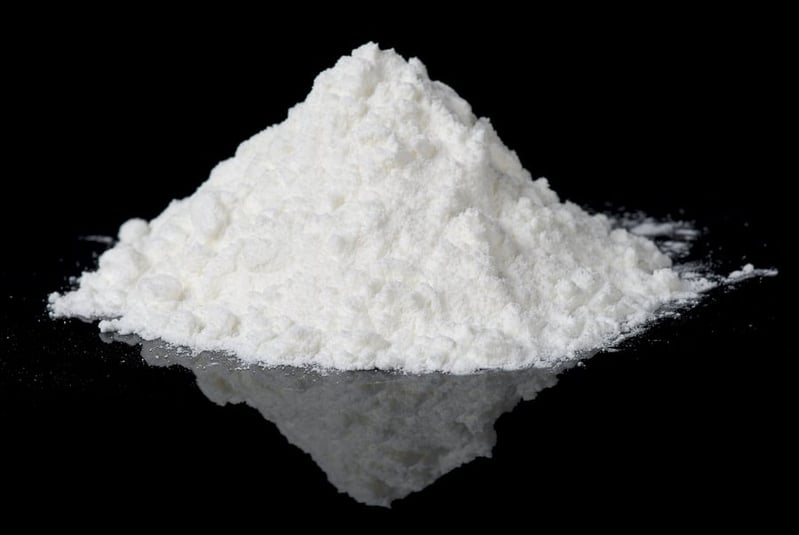Apr 12, 2023 9:40:22 AM
What is SGT-HEM and how do you test for it?
By Michael Ebitson

If you have ever worked in an environmental laboratory, you might have heard of EPA method 1664B. Method 1664B is an extraction method with analysis by gravimetry that measures oil and grease in wastewater. What does that have to do with SGT-HEM? Well, great question, a more precise definition is that this method not only detects n-hexane extractable material (HEM; oil and grease) but also is able to detect silica gel treated extractable material (SGT-HEM; non-polar material).If you have never carried out method 1664B before it's quite simple. A 1 Liter aqueous sample is acidified and extracted in one of a few different ways; my choice of extraction technique is solid phase extraction (SPE). Personally, I prefer automated SPE over other extraction techniques because it results in no emulsions, consumes less solvent and provides more consistent results, sample to sample.
Once you have extracted your sample, the resulting extract will need to be dried to remove any residual water. There are a few ways to carry out drying; you could either use sodium sulfate or choose to use a separation membrane. I have used both techniques for years and both are great for removing water so I would base the choice on your current workflow. For both separatory funnel liquid-liquid extraction and automated SPE, both techniques work equally well, however for automated SPE combining a sodium sulfate column with the extraction will allow you to fully automate both these steps at once.
After drying you are ready to evaporate your extract(s). This can be done in many ways such as a hotplate or on an instrument such as the Speed-Vap®. One of the most common and easiest ways is to use a pre-weighed aluminum pan and pour your dried HEM extract into the pan and evaporate to dryness on your evaporator and then desiccate to obtain a constant weight. At this point what you will end up with for a result is the HEM.
Most labs I have worked with will just run this method to determine the overall HEM of the sample and they are ready to report results. If your lab would like to determine the SGT-HEM or non-polar material of the sample, then there is a little more work to do. I will summarize briefly on how to carry out this procedure but for a more detailed step by step procedure please take a look at our application note.

To obtain the SGT-HEM, you first need to redissolve the HEM in n-hexane. Then you will either add or have the extract pass through silica gel. Either method works, again you will need to determine which technique is better with your lab’s current workflow. Remember the silica gel is only added to remove the polar hexane extractable material from the hexane, leaving the non-polar HEM still dissolved in the hexane. To ensure you have an accurate result in the end it is important that the extract is filtered to remove any silica gel fines. Failing to hold back the fines of the silica gel will result in a false positive. Once you have a filtered extract you will again evaporate, and the resulting residue is then desiccated to obtain constant weight. The amount of SGT-HEM or non-polar material in the extract is measured by weighing the dry residue on a balance.

Determination of HEM and SGT-HEM is very important in determining what is in our wastewater. Monitoring for both HEM and SGT-HEM provides information that helps determine sources of contamination and prevent potential sewer blockages.
Published: Apr 12, 2023 9:40:22 AM

